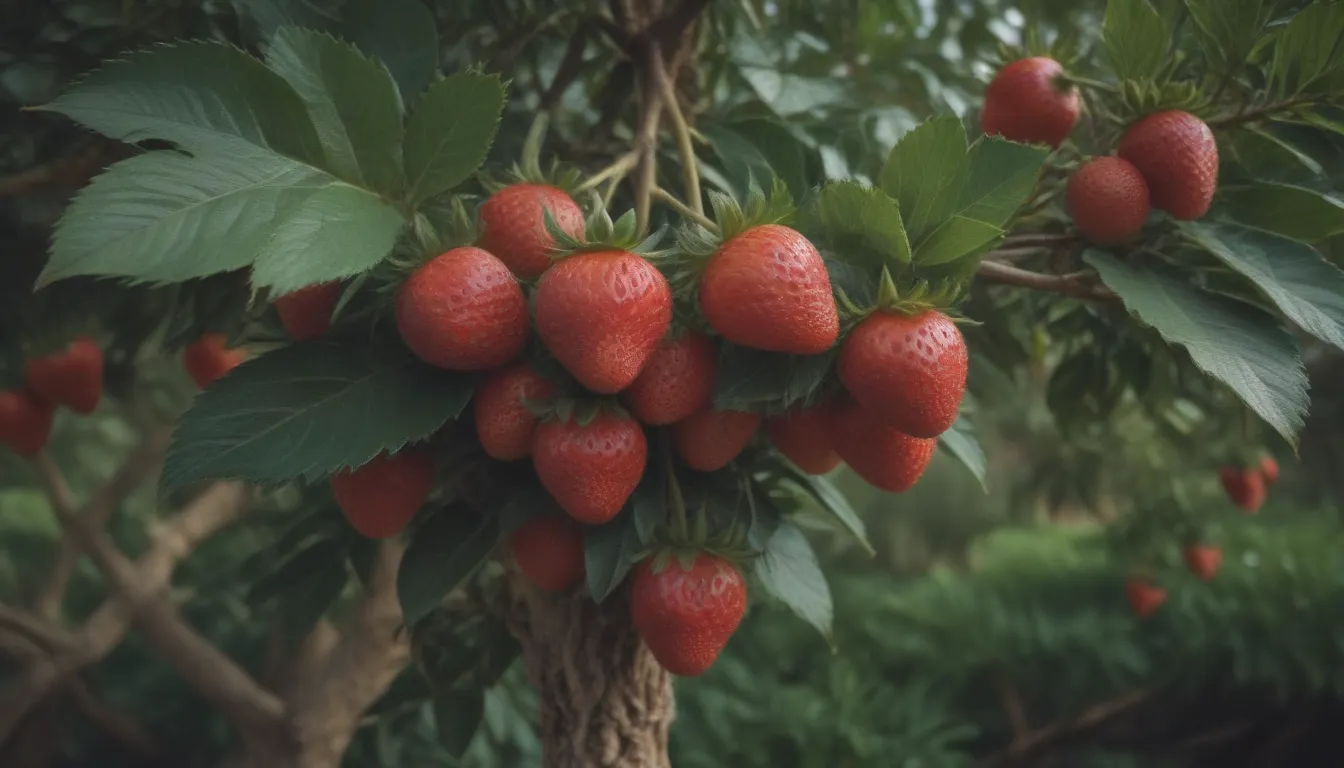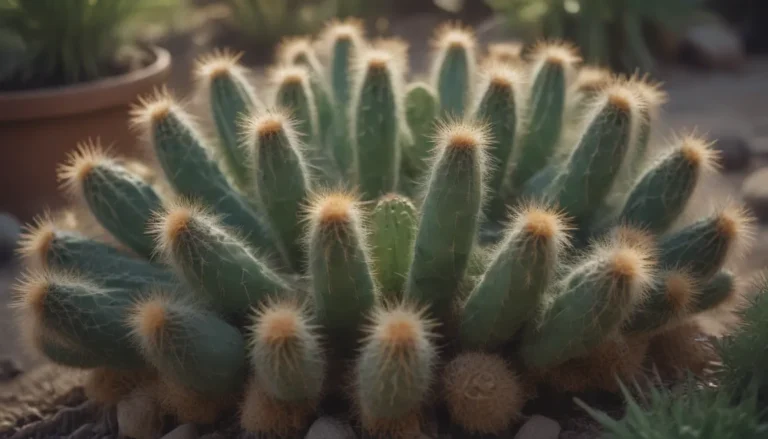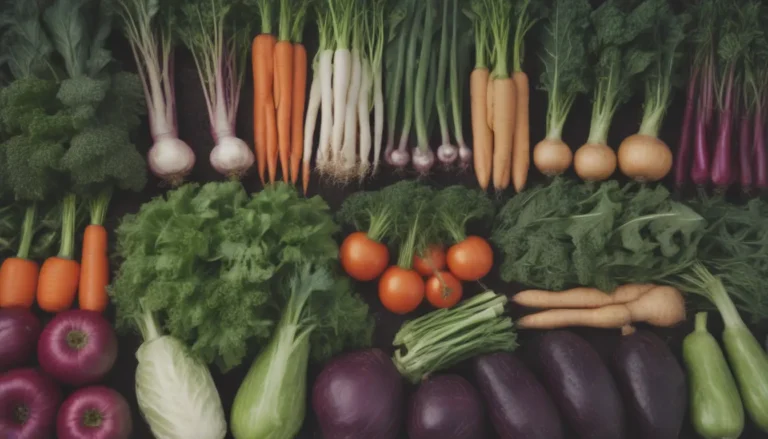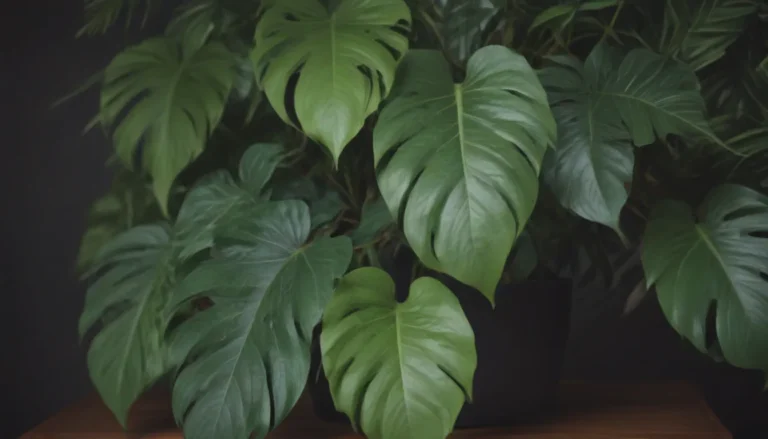The Ultimate Guide to Growing and Caring for the Strawberry Tree

If you’re looking to add a stunning, fragrant tree to your garden, the strawberry tree (Arbutus unedo) might just be the perfect choice. This beautiful shrub boasts delicate flowers, colorful fruits, and unique bark that make it a standout in any landscape. While the fruits may not taste like strawberries, the tree itself is a fantastic addition to any garden.
Planting Your Strawberry Tree
When it comes to planting your strawberry tree, there are a few key things to keep in mind to ensure its success. Here are some tips to help you get started:
When to Plant
The strawberry tree isn’t very picky about when it’s planted, but it’s best to choose a time when there’s no threat of frost. Aim to plant in early fall before the first frost or in the spring after any threat of frost has passed.
Selecting a Planting Site
Choose a sunny area with well-drained, acidic to slightly alkaline soil. The tree can tolerate some shade once established, making it a versatile choice for various garden conditions. Additionally, the strawberry tree can withstand salt runoff, making it a great option for coastal areas.
Spacing, Depth, and Support
If you’re planting multiple trees or creating a hedge, space them 20 to 35 feet apart. Younger trees may need support until they become established. Make sure the soil is well-drained to prevent waterlogging.
Caring for Your Strawberry Tree
Once your strawberry tree is planted, it’s important to provide the right care to help it thrive. Here are some key care tips to keep in mind:
Light
The strawberry tree thrives in full, direct sun, so aim to provide it with at least 6 hours of sunlight a day.
Soil
This tree prefers acidic soil but can tolerate neutral pH levels. Adjust your soil as needed to create the ideal growing conditions.
Water
Water regularly, especially during the first year of growth. As the tree matures, it becomes more drought-resistant and can even withstand salty conditions.
Temperature and Humidity
Strawberry trees are hardy in zones 7 and above and can tolerate a range of humidity levels. Avoid excessively humid conditions, as the tree may not thrive.
Fertilizer
Mulch around the base of the tree in summer and winter to protect it from extreme temperatures and provide slow-release nutrients.
Types of Strawberry Trees
There are several cultivars of strawberry trees available, each with its own unique characteristics. Some popular cultivars include:
- Elfin King
- Rubra
- Compacta
- Oktoberfest
These cultivars vary in size and shape, giving you options to choose from based on your garden’s needs.
Harvesting and Using Strawberry Tree Fruits
The fruits of the strawberry tree are typically ready for harvesting in late fall or winter. Once ripe, the berries have a soft texture and deep red color, ideal for picking. While the fruits may not be as flavorful when eaten fresh, they can be used in cooking and preserving.
Growing Strawberry Trees in Pots
If you have limited space, you can grow dwarf strawberry tree cultivars in pots on a patio. Choose a well-draining pot and provide bright light for optimal growth. Dwarf cultivars like Elfin King, Oktoberfest, and Compacta are ideal for container planting.
Pruning and Propagating Your Strawberry Tree
Pruning is generally not required for the strawberry tree unless you need to remove dead or diseased branches. If you choose to prune, do so in late winter or early spring. You can also propagate your tree through cuttings or layering.
Common Pests and Diseases
Like all plants, the strawberry tree is susceptible to pests and diseases. Keep an eye out for common issues such as root rot, leaf spots, and aphids. Regular monitoring and proper care can help keep your tree healthy and thriving.
Bringing Beauty to Your Garden
The strawberry tree is not only a visually stunning addition to your garden but also a valuable resource for wildlife. Birds and insects are attracted to its blooms and fruits, making it a vital part of your garden ecosystem.
In conclusion, the strawberry tree is a wonderful choice for gardeners looking to add beauty and interest to their outdoor spaces. With the right care and attention, this lovely tree can thrive and provide enjoyment for years to come. So why not consider adding a strawberry tree to your garden today?
Remember, providing the strawberry tree with the right conditions and care will ensure its success in your garden. Don’t forget to enjoy the beauty and charm it brings to your outdoor space. Happy gardening!





